
As the threats from climate change loom larger, many carmakers are offering more fuel-efficient vehicles, including hybrids and electrics. However, several of these companies are still making vehicles that rapidly burn through massive quantities of gasoline.
Average emissions from new vehicles have dropped significantly over the past four decades, but the most egregious gas guzzlers are lagging behind when it comes to fuel efficiency. According to the Environmental Protection Agency, the average passenger vehicle emits around 4.6 metric tons of carbon dioxide per year. The least fuel-efficient vehicles average more than triple that.
To find the least fuel-efficient cars for 2023, 24/7 Wall St. reviewed greenercars.org ratings of 2023 model year cars based on the report GreenerCars 2023: Efficiency and Weight — Not Just Electric vs. Gas — Shape Environmental Impact. Greenercars.org is part of the nonprofit research organization American Council for an Energy-Efficient Economy (ACEEE). Cars are ranked based on the Green Score, which runs on a scale from 0 to 100, with 100 being least polluting and 0 most polluting. The environmental damage index reflects the cost to human health from all emissions in cents per mile.
The least fuel-efficient vehicles (that are not super luxury like Bugatti or Ferrari) are muscle cars, SUVs, and pickup trucks. Larger, heavier vehicles naturally take more energy to operate and generally consume more gasoline. Vehicles with high performance combustion engines also need a massive amount of power, which equates to burning a lot of fuel.
The least fuel-efficient vehicles are not cheap to purchase or run. Almost all are recommended to use premium gasoline, and most have MRSPs of $70,000 or more. Many of these vehicles have similar, more fuel-efficient models, including hybrid and electric models. (Here is every major automaker’s plan to go electric)
The vehicles with the absolute worst fuel efficiency are the SUVs and pickup trucks that have supercharged engines. These heavy vehicles use a tremendous amount of gas to produce rapid acceleration, high speeds, and considerable torque. (These are the most fuel efficient full-size SUVs)
Click here to see the worst new cars for humans and the environment.
Click here to see our detailed methodology.

12. Dodge Charger SRT Widebody
> Cost to the environment (per vehicle): 2.17 cents per mile
> Greenhouse gas emissions: 13 tons per year
> Weight: 5,000 pounds
> Fuel economy: City: 12 mpg; Highway: 21 mpg
> Cost to drive 25 miles: $6.98
> Extra spending over 5 yrs compared to avg vehicle: $12,000
> MSRP: $81,040
The Charger SRT Widebody is a supercharged muscle car that Dodge claims to be the world’s fastest four-door muscle car. That much power burns a considerable amount of fuel. It is the lightest car on this list at 5,000 pounds and is one of the few vehicles that is not an SUV or truck.
[in-text-ad]

11. BMW X6 M
> Cost to the environment (per vehicle): 2.18 cents per mile
> Greenhouse gas emissions (tons/year): 13
> Weight: 5,500 pounds
> Fuel economy: City: 13 mpg; Highway: 18 mpg
> Cost to drive 25 miles: $6.98
> Extra spending over 5 yrs compared to avg vehicle: $12,000
> MSRP: $113,700
The X6 M is an all-wheel drive large SUV that uses premium gasoline, and a lot of it considering its fuel economy of 13 mpg in the city and 18 on the highway. The luxury SUV is a high-performance vehicle that packs a V-8 engine and a maximum of 617 horsepower.
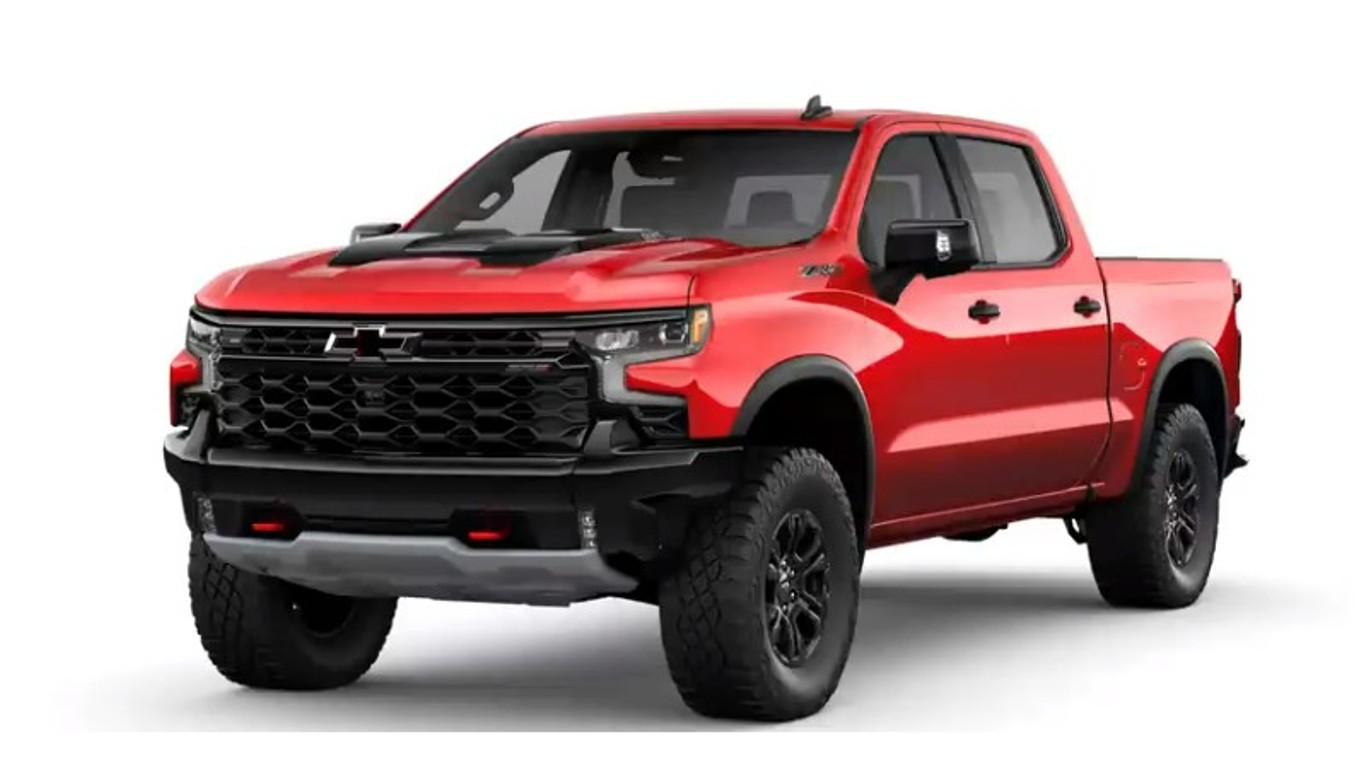
10. Chevrolet SILVERADO 4WD ZR2
> Cost to the environment (per vehicle): 2.19 cents per mile
> Greenhouse gas emissions (tons/year): 13
> Weight: 6,000 pounds
> Fuel economy: City: 14 mpg; Highway: 17 mpg
> Cost to drive 25 miles: $6.98
> Extra spending over 5 yrs compared to avg vehicle: $12,000
> MSRP: $70,100
Chevrolet offers several models of the Silverado, its standard pickup truck. The ZR2 is the supercharged version with several features designed for off-roading. It packs a 6.2 liter V8 engine that gets 14 mpg in the city and 17 on the highway.

9. Ford BRONCO RAPTOR 4WD
> Cost to the environment (per vehicle): 2.19 cents per mile
> Greenhouse gas emissions (tons/year): 13
> Weight: 6,000 pounds
> Fuel economy: City: 15 mpg; Highway: 16 mpg
> Cost to drive 25 miles: $5.57
> Extra spending over 5 yrs compared to avg vehicle: $7,750
> MSRP: $73,780
The Ford Bronco was brought back for the 2021 model year after a 25-year hiatus. The Raptor 4WD has a V6 engine that packs 418 horsepower and is also designed with additional features for off-roading.
[in-text-ad-2]
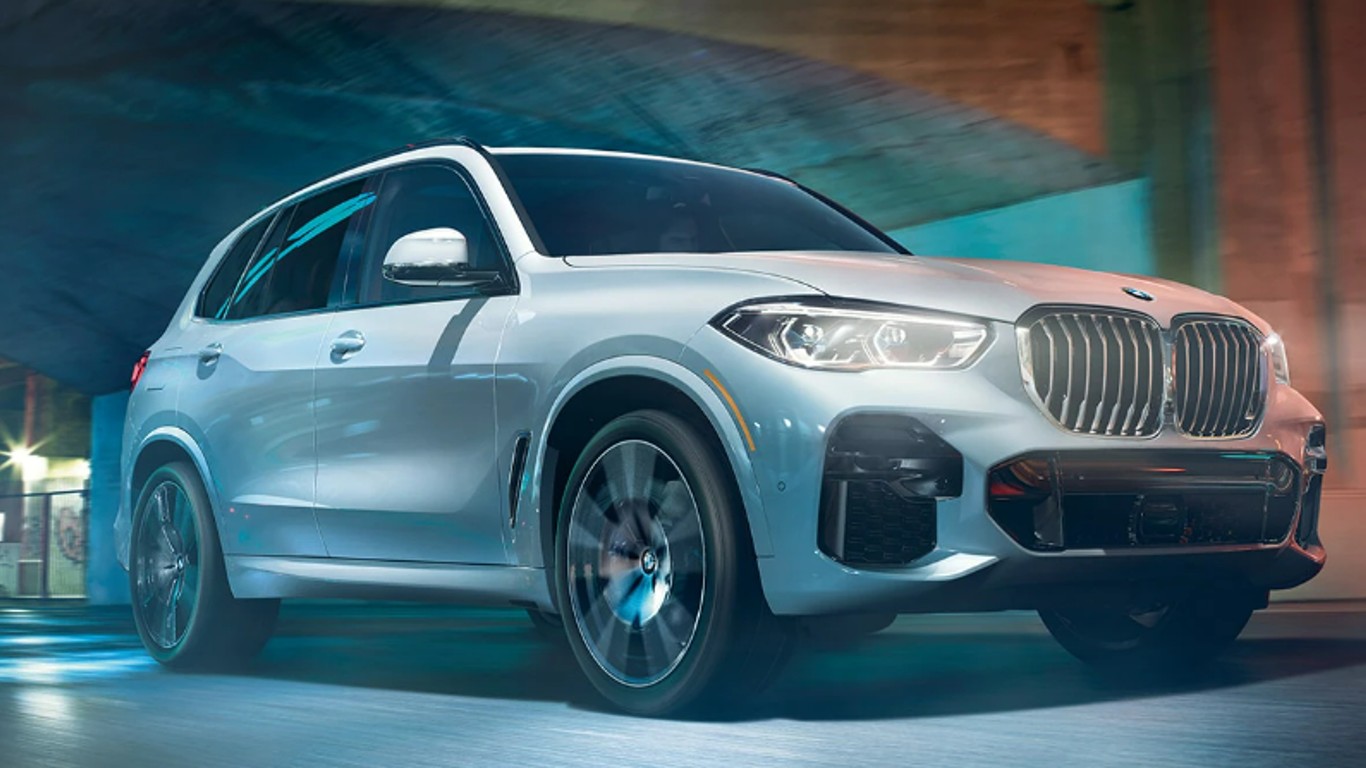
8. BMW X5 M
> Cost to the environment (per vehicle): 2.21 cents per mile
> Greenhouse gas emissions (tons/year): 13
> Weight: 6,000 pounds
> Fuel economy: City: 13 mpg; Highway: 18 mpg
> Cost to drive 25 miles: $6.98
> Extra spending over 5 yrs compared to avg vehicle: $12,000
> MSRP: $108,900
The X5 M is another high-performance luxury SUV from BMW. The X5 M retails for a little cheaper than the X6 M but is even less fuel efficient.

7. Mercedes-Benz G 550
> Cost to the environment (per vehicle): 2.28 cents per mile
> Greenhouse gas emissions (tons/year): 13
> Weight: 6,000 pounds
> Fuel economy: City: 13 mpg; Highway: 16 mpg
> Cost to drive 25 miles: $7.48
> Extra spending over 5 yrs compared to avg vehicle: $13,500
> MSRP: $141,050
The G 550 has the second highest MSRP of vehicles on this list and is a high-performance luxury SUV. The boxy vehicle has become a symbol of wealth but is terrible for the environment.
[in-text-ad]
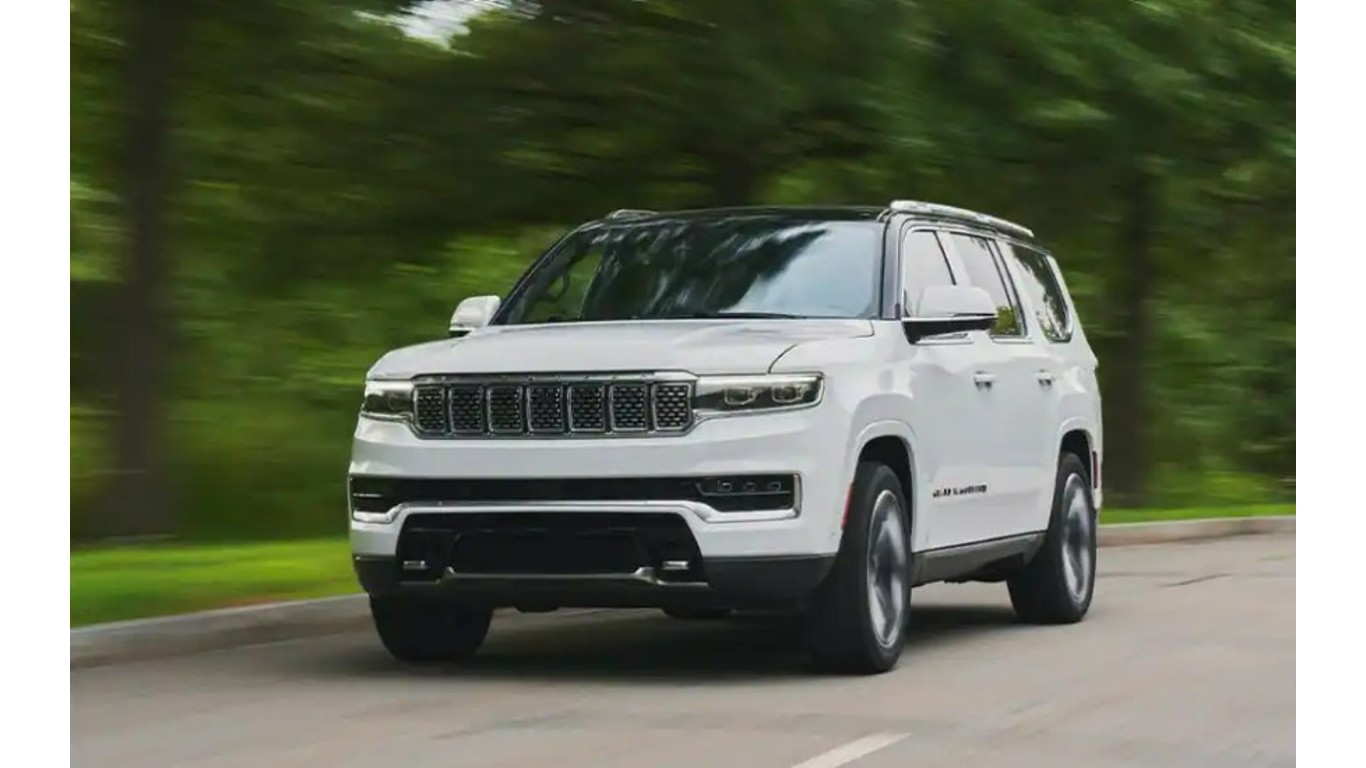
6. Jeep Grand Wagoneer 4×4
> Cost to the environment (per vehicle): 2.29 cents per mile
> Greenhouse gas emissions (tons/year): 13
> Weight: 6,500 pounds
> Fuel economy: City: 13 mpg; Highway: 18 mpg
> Cost to drive 25 miles: $6.98
> Extra spending over 5 yrs compared to avg vehicle: $12,000
> MSRP: $89,995
Two Jeeps make the list for their poor fuel-efficiency. The Grand Wagoneer 4×4 is a large SUV that has three rows of seating and room for eight passengers. It also has a high-performance engine with considerable horsepower and torque.

5. Jeep Wrangler 4dr 4X4
> Cost to the environment (per vehicle): 2.33 cents per mile
> Greenhouse gas emissions (tons/year): 14
> Weight: 5,500 pounds
> Fuel economy: City: 13 mpg; Highway: 17 mpg
> Cost to drive 25 miles: $7.48
> Extra spending over 5 yrs compared to avg vehicle: $13,500
> MSRP: $45,730
The Wrangler 4dr 4X4 is less expensive and smaller than the Wagoneer but does even worse in fuel efficiency. The Wrangler is a mid-size SUV that is equipped with off-roading features and a powerful engine.

4. Dodge Durango SRT AWD
> Cost to the environment (per vehicle): 2.44 cents per mile
> Greenhouse gas emissions (tons/year): 14
> Weight: 6,000 pounds
> Fuel economy: City: 12 mpg; Highway: 17 mpg
> Cost to drive 25 miles: $8.06
> Extra spending over 5 yrs compared to avg vehicle: $15,250
> MSRP: $92,780
The Durango SRT AWD is a large SUV equipped with a supercharged engine that packs 710 horsepower. Dodge claims it is America’s fastest SUV, and it is branded as a crossover between an SUV and a muscle car.
[in-text-ad-2]
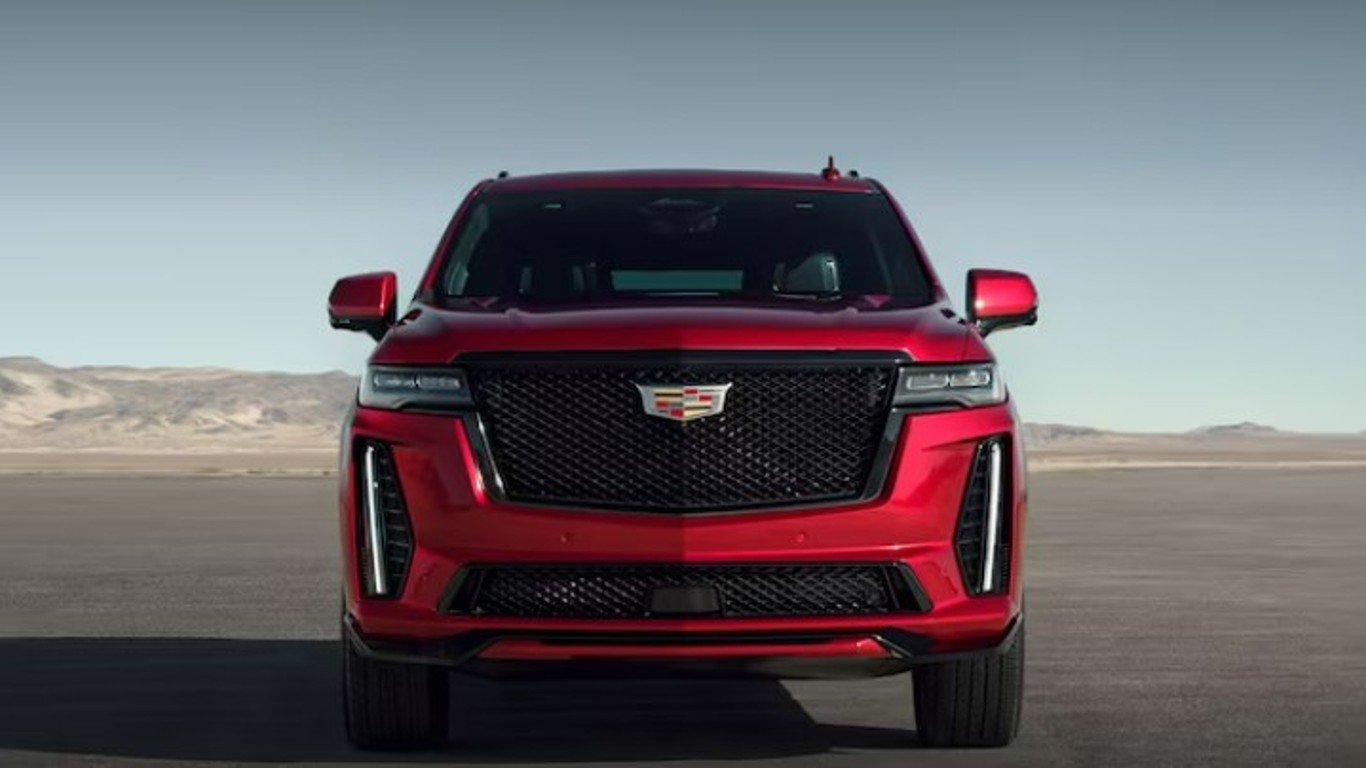
3. Cadillac Escalade V AWD
> Cost to the environment (per vehicle): 2.58 cents per mile
> Greenhouse gas emissions (tons/year): 15
> Weight: 7,000 pounds
> Fuel economy: City: 11 mpg; Highway: 16 mpg
> Cost to drive 25 miles: $8.06
> Extra spending over 5 yrs compared to avg vehicle: $15,250
> MSRP: $149,195
The Escalade V AWD has the highest MSRP on this list and gets just 11 miles per gallon in the city. The high-performance luxury SUV averages 15 tons of emissions per year while retailing for nearly $150,000. The Escalade V has a supercharged engine that burns even more fuel than the standard Escalade engine.

2. Ford F150 RAPTOR R 4WD
> Cost to the environment (per vehicle): 2.67 cents per mile
> Greenhouse gas emissions (tons/year): 16
> Weight: 6,500 pounds
> Fuel economy: City: 10 mpg; Highway: 15 mpg
> Cost to drive 25 miles: $6.96
> Extra spending over 5 yrs compared to avg vehicle: $12,000
> MSRP: $107,350
The base Ford F150 is a standard pickup truck that gets around 20 mpg in the city. The F150 Raptor R 4WD has a supercharged engine that rapidly burns through gasoline, getting 10 in the city and 15 on the highway.
[in-text-ad]
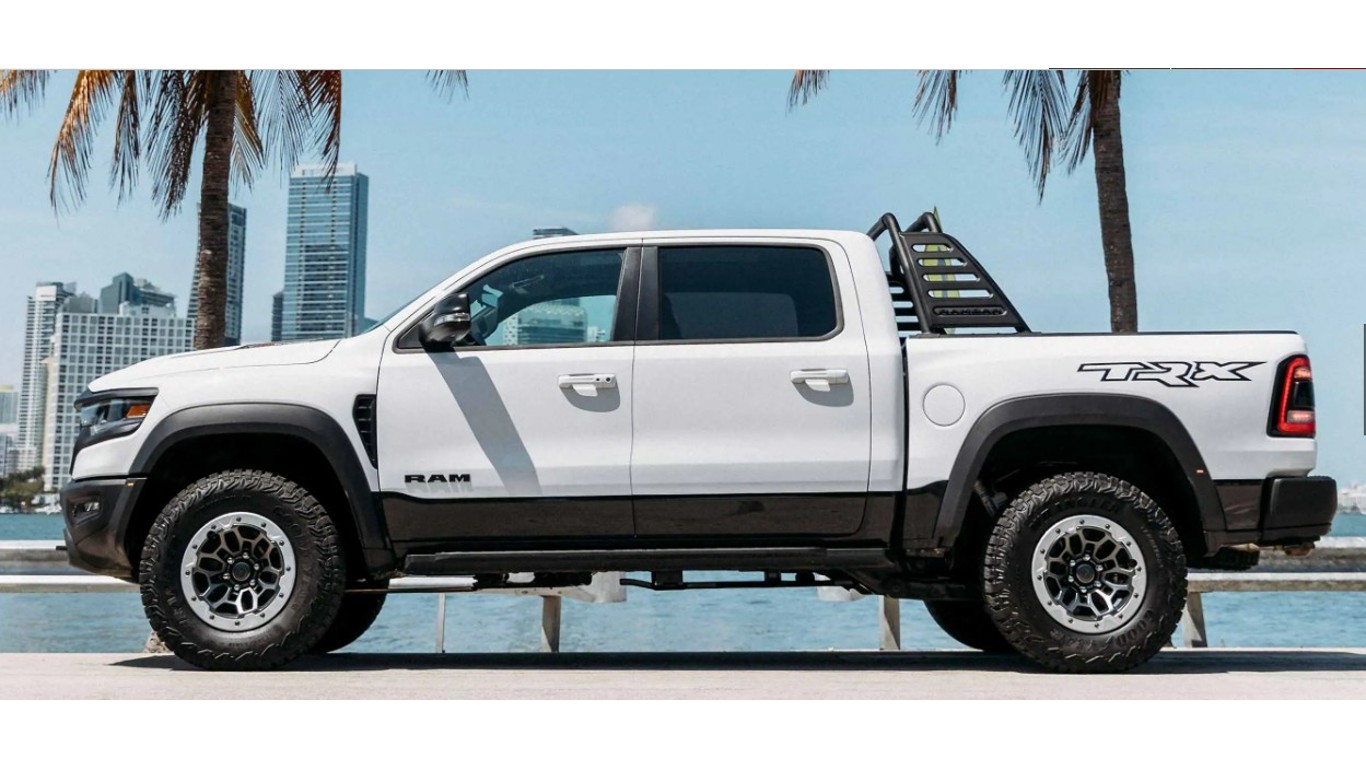
1. RAM 1500 TRX 4×4
> Cost to the environment (per vehicle): 2.78 cents per mile
> Greenhouse gas emissions (tons/year): 16
> Weight: 7,000 pounds
> Fuel economy: City: 10 mpg; Highway: 14 mpg
> Cost to drive 25 miles: $8.73
> Extra spending over 5 yrs compared to avg vehicle: $17,250
> MSRP: $86,450
The RAM 1500 TRX 4×4 is the least fuel-efficient vehicle out there. Like the F150 Raptor, it is the supercharged version of the RAM’s base 1500 pickup truck. The high-performance truck rapidly burns through premium fuel
Methodology
To find the least fuel-efficient cars for 2023, 24/7 Wall St. reviewed greenercars.org ratings of 2023 model year cars based on the report GreenerCars 2023: Efficiency and Weight — Not Just Electric vs. Gas — Shape Environmental Impact. Greenercars.org is part of the nonprofit research organization American Council for an Energy-Efficient Economy (ACEEE). To avoid repetition, only the lowest scored model for each car is included. Also, because the Chevrolet Silverado and GMC Sierra are identical, GreenerCars also included the Silverado.
The organization determines its ratings based on fuel economy and emissions results from different sources as well as estimated pollution from vehicle manufacturing, from the production and distribution of fuel and from vehicle tailpipes. The combined emissions estimate factors into a Green Score that runs on a scale from 0 to 100, with 100 being least polluting and 0 most polluting. The environmental damage index reflects the cost to human health from all emissions in cents per mile.
Most data is from the report, except for five-year extra spending in fuel costs for each vehicle compared to an average vehicle, which came from the Environmental Protection Agency’s fueleconomy.gov site. The manufacturer suggested retail price came either from the EPA site or from Car and Driver.
Are You Still Paying With a Debit Card?
The average American spends $17,274 on debit cards a year, and it’s a HUGE mistake. First, debit cards don’t have the same fraud protections as credit cards. Once your money is gone, it’s gone. But more importantly you can actually get something back from this spending every time you swipe.
Issuers are handing out wild bonuses right now. With some you can earn up to 5% back on every purchase. That’s like getting a 5% discount on everything you buy!
Our top pick is kind of hard to imagine. Not only does it pay up to 5% back, it also includes a $200 cash back reward in the first six months, a 0% intro APR, and…. $0 annual fee. It’s quite literally free money for any one that uses a card regularly. Click here to learn more!
Flywheel Publishing has partnered with CardRatings to provide coverage of credit card products. Flywheel Publishing and CardRatings may receive a commission from card issuers.
Thank you for reading! Have some feedback for us?
Contact the 24/7 Wall St. editorial team.
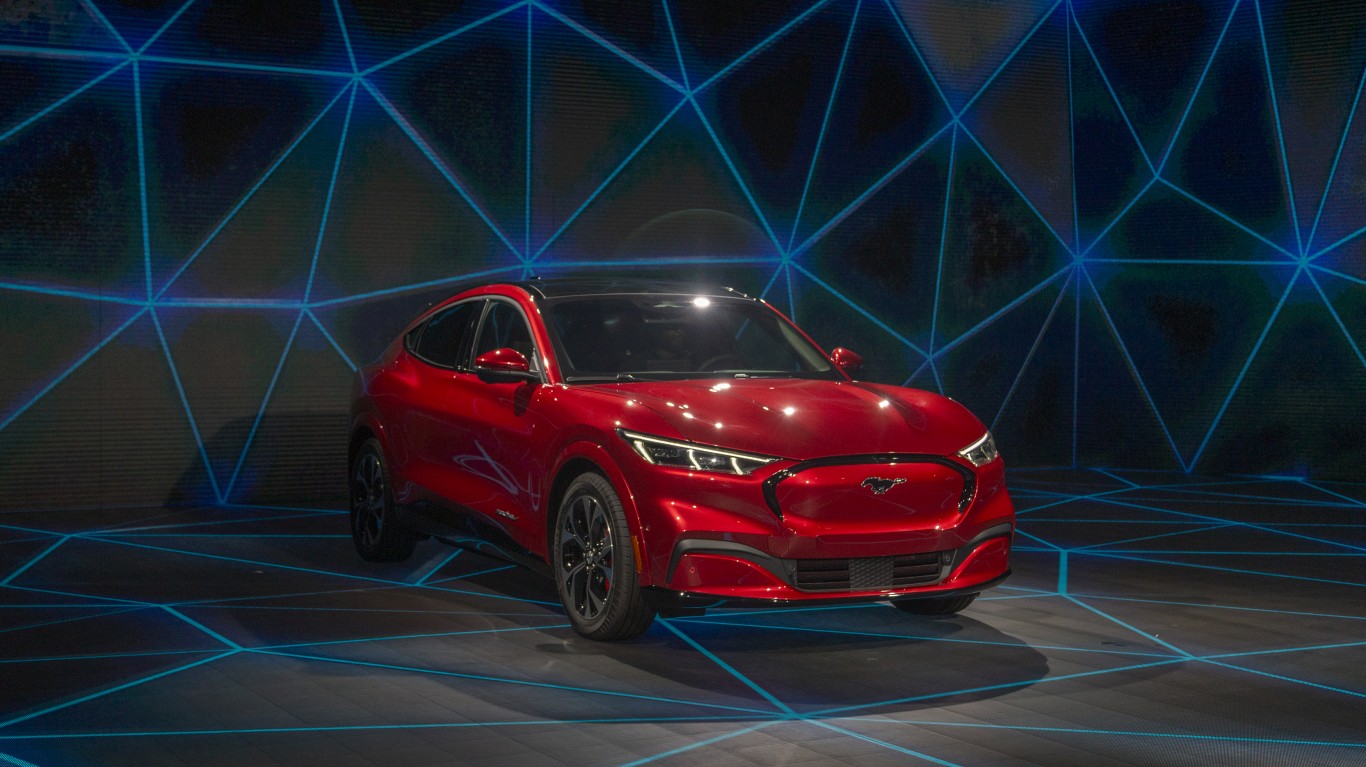 24/7 Wall St.
24/7 Wall St.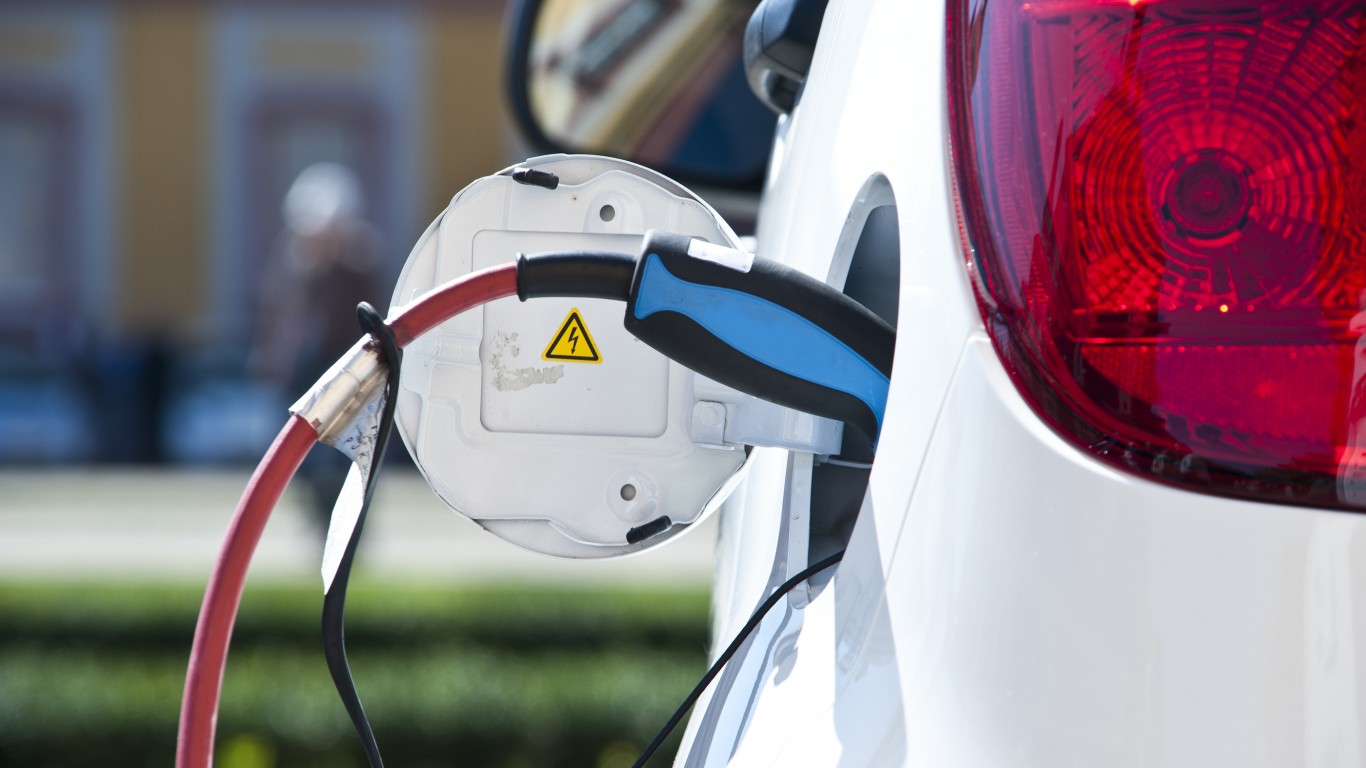 24/7 Wall St.
24/7 Wall St.

